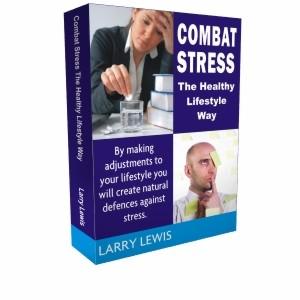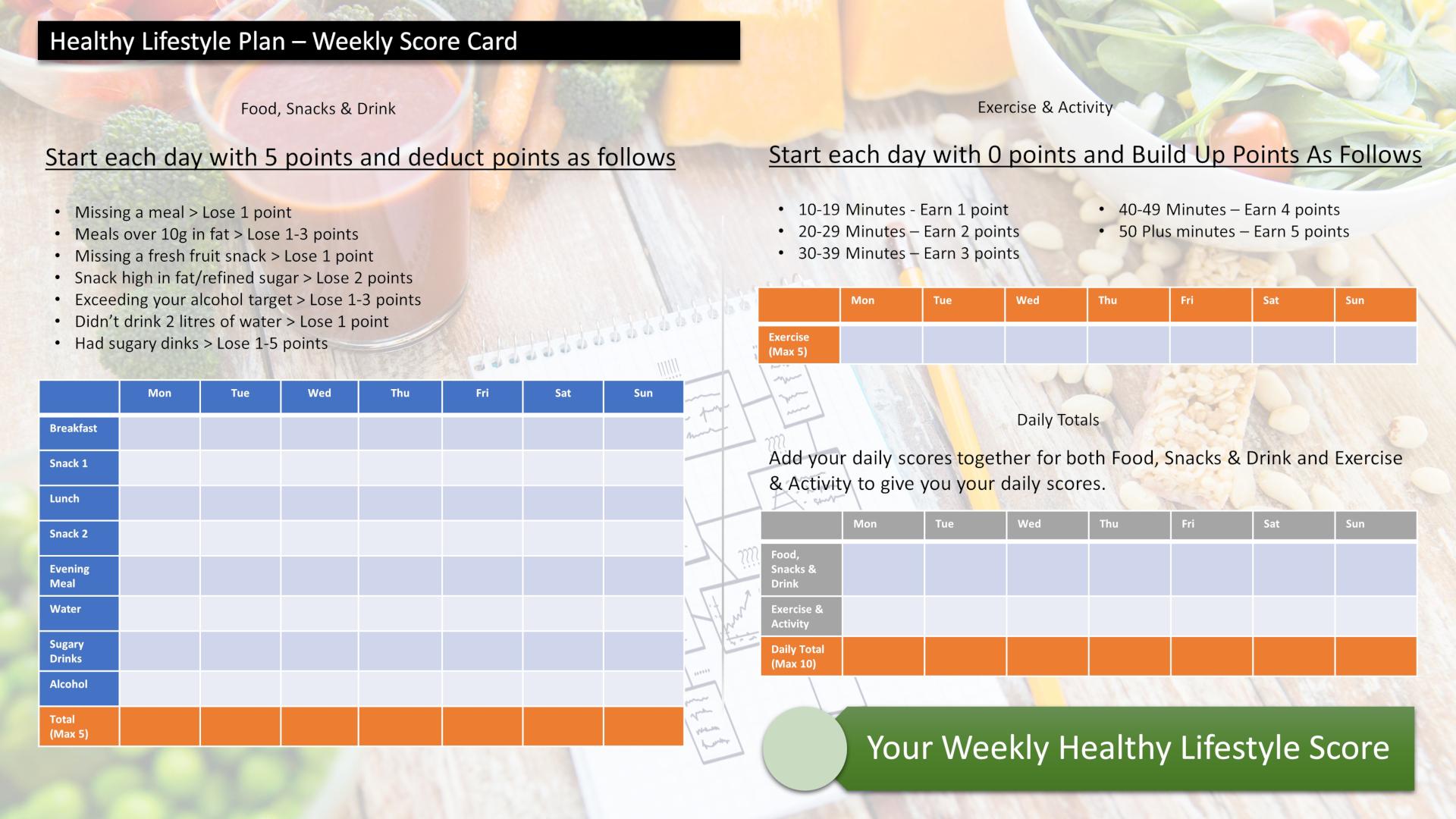On Monday in my blog post titled “8 Relaxation Techniques That You Can Use Daily” I promised to teach you a variety of relaxation technique. I suggested you try out each of these to see which appeals to you the most.
Relaxation techniques can help you activate the body’s natural relaxation response, a powerful antidote to stress. When used regularly, these techniques lead to you experiencing a reduction in your everyday stress levels and a boost in your feelings of joy and calmness.
‘Your body is an amazing creation, capable of performing great wonders, but you can destroy that miraculous machine’s potential with an overdose of stress’ ~ Harry J. Johnson
You cannot avoid stress, but you can neutralise its negative effects by stimulating your ‘relaxation response’, a state of deep rest that is the complete opposite of the ‘stress response’. The stress response fills your body with chemicals that prepare you for “fight or flight.” This is helpful in true emergency situations where you must be ready to act, but it wears your body down when constantly activated. In today’s modern society, too many factors are able to stimulate your stress response.
The ‘relaxation response’ restores your mind and body back into balance: deepening your breathing, decreasing stress hormones, slowing down your heart rate and blood pressure, and relaxing your muscles. Both your mind and body feel so much better in this situation. The benefits of allowing the relaxation response to activate are even greater than this. You get the added benefits of an increase in energy and focus, improvements in your problem-solving abilities, heightened motivation and productivity, and best of all lessens your susceptibility to ill health. So there are massive reasons why you need to start activating your relaxation response.
There are numerous methods and techniques to help you activate this relaxation response. They are simple to learn, but practice does make perfect. The more often you use them, the deeper and more powerful your relaxation response will be. I strongly suggest that you set aside 20 minutes a day to practice one of these techniques, but if you know you are suffering with stress in a big way, 30 minutes to an hour will be best. The best time of day to do it is either first thing in the morning, before other things get in the way, or last thing at night when you have done everything else you need to do.
‘Sometimes the most important thing in a whole day is the rest we take between deep breaths’ ~ Etty Hillesum
Deep Breathing for stress relief
The way you breathe has a major effect on your sense of wellbeing. Many people breathe poorly, without even realizing it. Breathing is essential to sustaining life. Yet so many people neglect their breathing because it is involuntary. It takes place without any effort on your part. In fact most of the time you are totally unaware that it is taking place at all. This means that many, many people do not breathe properly and allow their uncontrolled, habitual breathing to be too shallow, using only a fraction of their lung capacity.
You take an average of about 15 breaths per minute, 900 breaths an hour, so about 21,600 breaths per day.
You will benefit physically and emotionally both in the short and long term by acquiring a proper breathing technique. Deep breathing can increase the body’s cleansing pace by as much as 15 times the normal pace, and this will deliver improvements to your health. It is very simple to adopt the habit of breathing properly. With practice you will soon be breathing from your abdomen, and that is the best way for you.
An increased amount of oxygen allows the heart rate to slow down. This produces a calming effect. Relaxation comes through the tensing and relaxing of muscles. A deep inhalation tenses the respiratory muscles and a deep exhalation relaxes them.
Allowing more oxygen to be absorbed will improve body function. This assists the body’s response, repair and recovery from stress. An increased amount of oxygen allows the heart rate to slow down. This produces a calming effect. Taking time for breathing exercises gives you the chance to pause and plan your response to a stressful situation. A diversion from stress prevents distress. Focusing on your breathing and practicing deep breathing exercises will help relieve tension and stress.
We must breathe in through our nose and out through our mouth. It not only helps clear the mind but allows you to feel livelier because you are utilising your lungs to maximise the oxygen in your bloodstream.
With its focus on full, cleansing breaths, deep breathing is a simple, yet powerful, relaxation technique. It is easy to learn, can be practiced almost anywhere, and provides a quick way to get your stress levels in check.
How to practice deep breathing
The key to deep breathing is to breathe deeply from the abdomen, getting as much fresh air as possible in your lungs. When you take deep breaths from the abdomen, rather than shallow breaths from your upper chest, you inhale more oxygen. The more oxygen you get, the less tense, short of breath, and anxious you feel. So the next time you feel stressed, take a minute to slow down and breathe deeply:
- Find a warm quiet place where you will not be disturbed.
- Sit in a chair, arms at your sides, legs uncrossed with good posture so that your stomach is not squashed in.
- Feel any tension in your muscles. Then starting from your feet and working up to your head, relax all your muscles. Work your way through your entire body. Sense every part. Relax totally.
- Now pay attention to your breathing, become aware of each breath, its rhythm, depth or shallowness, and its speed.
- Position your left hand on the top part of your chest and put your right hand on your abdomen at the navel (belly button), just below your rib cage. As you take a deep breath in, your right hand which is placed on your abdomen will rise higher than the left hand on your chest if you are correctly deep breathing, meaning your diaphragm is pulling air into your lungs.
- Exhale all of the air in your lungs. Keep pushing the air out. When you feel like you can’t exhale any more air, pause.
- Take a slow deep breath (inhale) through your nose more deeply than usual as though you are trying to suck in all the air around you and hold it in for a count of 4 and let your stomach swell forward against your hand as you breathe in, (if you are breathing correctly you should feel your abdomen raise as your lungs fill up with air). Your hand on your chest should only move slightly. When your chest rises more than your abdomen, then you are breathing from your chest (shallow breathing).
- Then pucker your lips and exhale through your mouth making a relaxing, whooshing sound like a big sigh, making a sound of relief as the air leaves your mouth) while tensing the abs, tighten your stomach muscles, letting them fall inward until a full contraction has been obtained. Slowly exhale for a count of 8. The hand on your upper chest must remain as still as possible. As all the air is released, softly squeeze your abdominal muscles to totally empty the outstanding air from your lungs. Make sure you have completely exhaled all the air from your body.
- Make exhaling slower and longer than inhaling. Exhalation should take about twice as long as inhalation. So if you counted to four when you inhaled, strive to count to eight when you exhale, but don’t force it.
- Repeat steps 7 and 8 four more times.
- As you are doing this keep your focus completely on your breathing. If you observe other thoughts in your mind, just let them go, keeping your attention on your breathing.
If you have a hard time breathing from your abdomen while sitting up, try lying on the floor. Put a small book on your stomach, and try to breathe so that the book rises as you inhale and falls as you exhale.
The next article in this series, I will introduce you to Progressive Muscular Relaxation.
 I am the author of the eBook ‘Combat Stress – The Healthy Lifestyle Way’ this is filled with information for you to combat the stress in your life. To receive a free copy all you need to do is pop your email address and name in the subscription box and you’ll get instant access to this eBook. Don’t worry, I respect your privacy and will share your email credential with no one else.
I am the author of the eBook ‘Combat Stress – The Healthy Lifestyle Way’ this is filled with information for you to combat the stress in your life. To receive a free copy all you need to do is pop your email address and name in the subscription box and you’ll get instant access to this eBook. Don’t worry, I respect your privacy and will share your email credential with no one else.
Score Your Way To Good Health - With Our Healthy Lifestyle Plan
Score your way to good health with our healthy lifestyle plan and it's unique 70 point weekly scorecard!




Anything to do with breathing I love…
Here is a link a bit more about breathing… A post I wrote..under the name of Yogalife for this e magazine
Your knowledge of deep breathing is understandable in how important it must be in the performance of yoga
Larry,
Your breathing techs work : )
xoxox
Jessica
All my techniques work Jessica i’m sure you won’t find any of them dissappointing
I’ve been doing some deep breathing tonight, but not quite to your technique. I will try yours out later!
Rachel my mind boggles, but whichever technique of deep breathing you are using, i hope it brings you much relief
More deeply and slowly you breathe, the more you live. More you live, you can do more of what you want.
Janaki beautifully put
This is fantastic,and I agree with your techniques.
Alpana as always thank you for your support
Deep breathing (as you describe here) facilitated a smooth and peaceful childbirth for me. We had a natural homebirth and, with the proper breathing technique, it was a breeze. And I practice it regularly still, sometimes during silent meditation and sometimes just to unwind and relax. Great advice Larry!
Great comment Debra, and thank you for sharing how magical the art of deep breathing can be.
Well, I agree with you that taking time for breathing exercises gives you the chance to pause and plan your response to a stressful situation. A diversion from stress prevents distress. Focusing on your breathing and practicing deep breathing exercises will help relieve tension and stress. Great post, keep up the good work.
Justin thank you for the great comment, and you have my word, this blog and my writing is here to stay
I loved the breakdown stats on how many breaths we take per minute and per day. That’s fascinating when you think about this thing we do, unconsciously, that is vital to survival. I haven’t practiced deep breathing techniques in years, so this was a great reminder. I’m subscribed to your blog now and am looking forward to browsing through your wonderful site and archives!
– Dawn
Welcome to my blog Dawn. You are so right, how many things we do involuntary. By just adopting a few relaxation techniques, and taking more control over some of the things we do, the results we experience are awesome